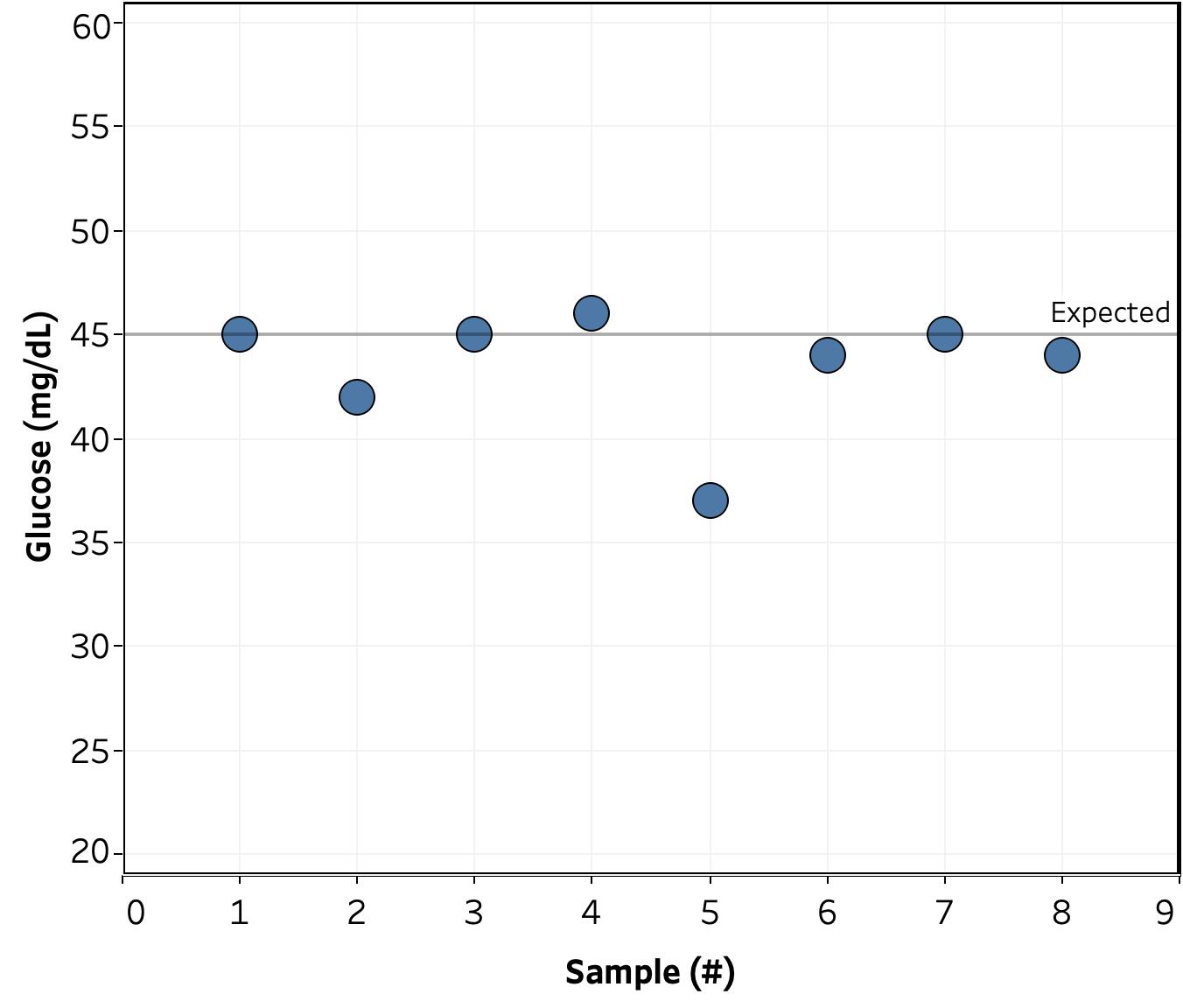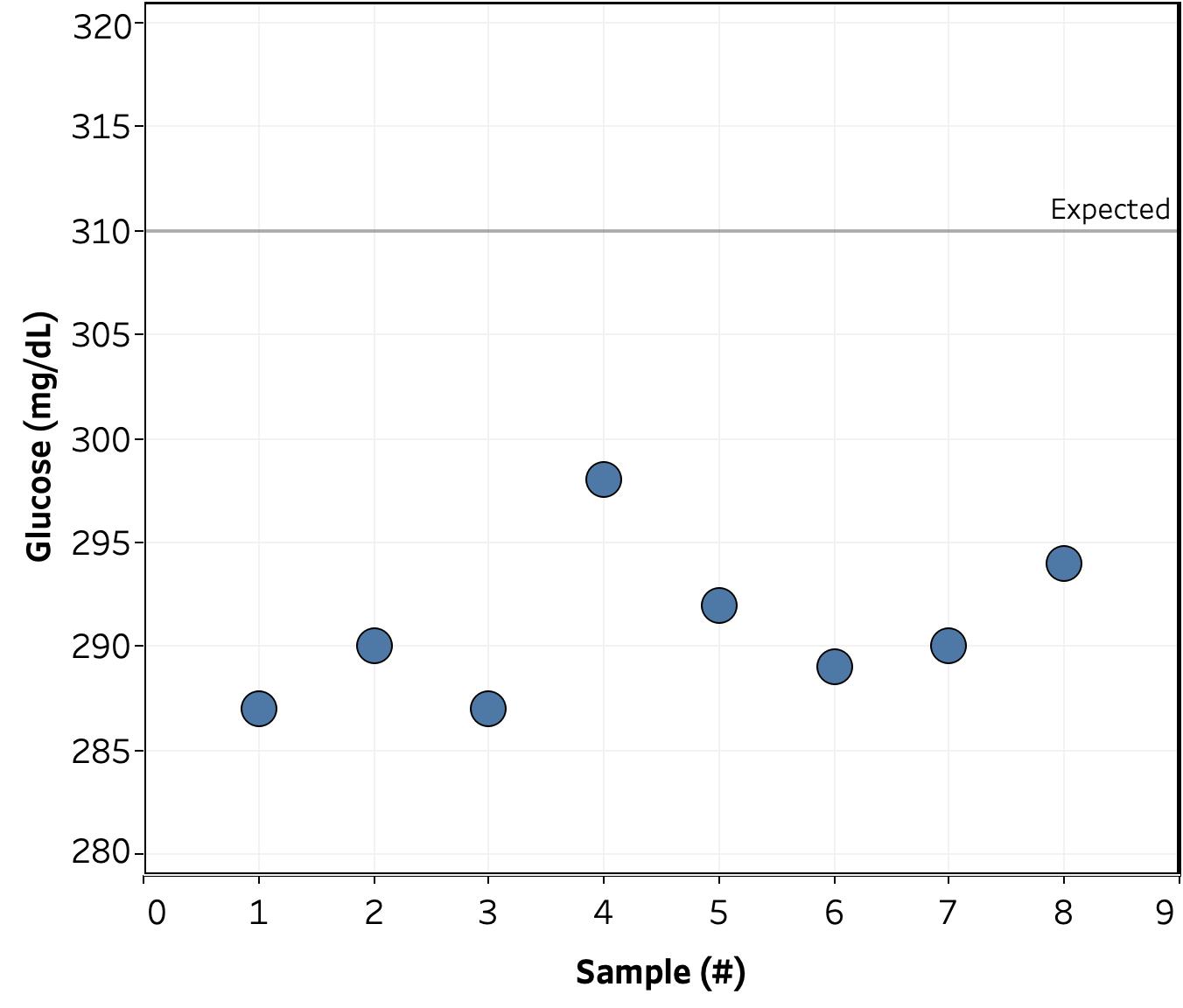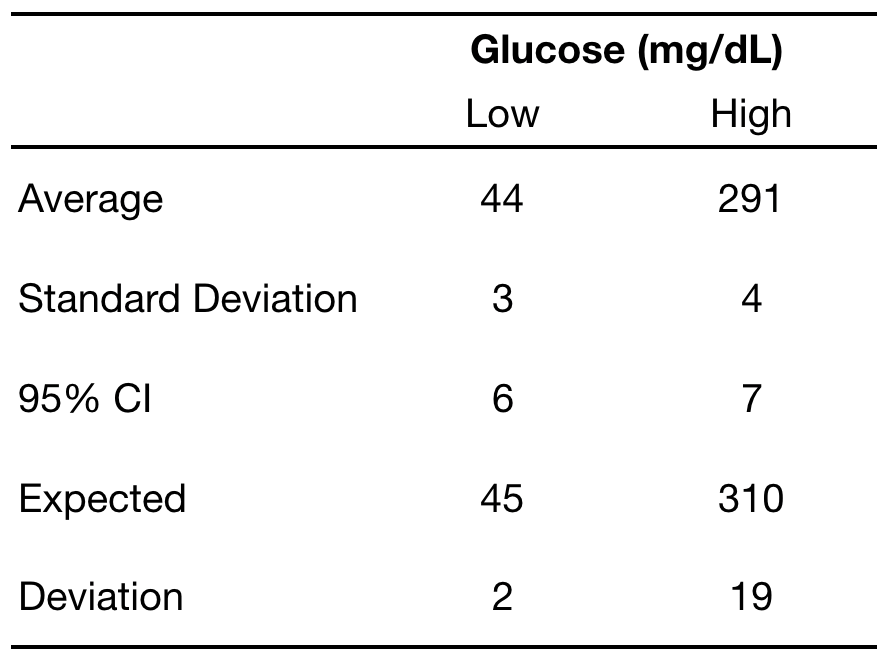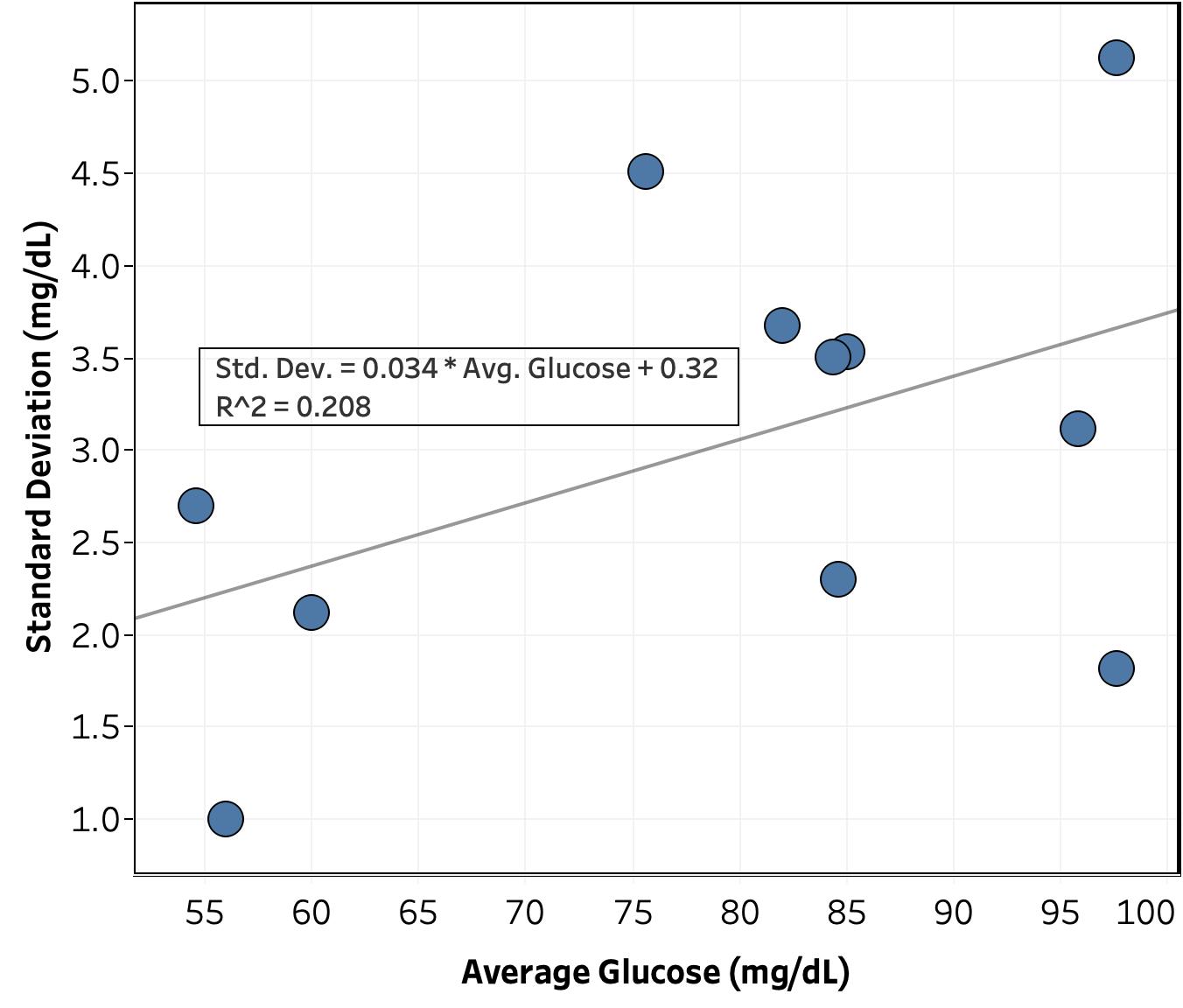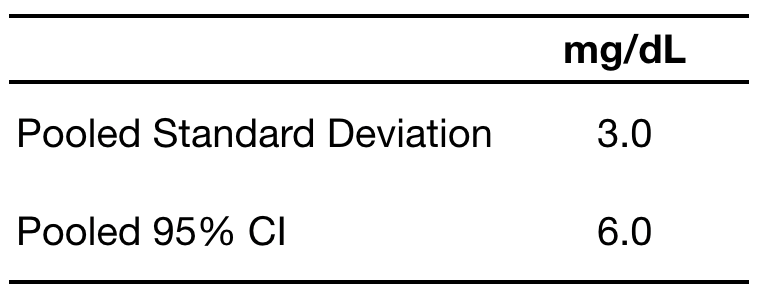cross-posted to r/diabetes, r/diabetes_t1, r/diabetes_t2, r/QuantifiedSelf, and the Quantified Self Forum to recruit as many participants as possible. I’m also posting it here in case there’s anyone who reads the blog who’s not in any of those forums (not likely, but might as well).
A few days ago, u/NeutyBooty posted on how hot showers caused their blood glucose to rise. Lot’s of commenters confirmed the general observation, but for some it appeared to be a CGM artifact, for some it matched their finger-stick meter, and others they see a BG drop.
I’ve been interested in self-tracking and experimentation for a while and this seems like a perfect opportunity for a communal self-experiment.
We currently have 7 Redditors participating from the original thread, but I’m hoping we can get even more people signed up so we can get a really great data set. Anyone’s who’s interested in participating, please comment or PM me.
The basic idea is to agree on a simple experimental protocol, each of us run the experiment, combine and analyze the data, and see if we can figure out 1) Is the shower effect real or a CGM artifact and 2) how does it vary from person-to-person?
The 7 of us organized and worked out the protocol using group chat and and a new subreddit, r/QuantifiedDiabetes. We’re starting the experiments and looking for more participants.
Here’s the details:
- Background:
- In u/NeutyBooty‘s post on hot showers causing blood glucose to rise, lot’s of commenters confirmed the general observation, but for some it appeared to be a CGM artifact, for some it matches BGM, and for others they see a BG drop.
- From my PMs, some of us have CGM’s, some have regular BGM’s, and some have both.
- Questions to answer:
- Is the “hot shower effect” a real change in blood glucose or an artifact of CGM sensors getting warm (or some other environmental change)?
- What is the person-to-person variation in the magnitude and direction of the “hot shower effect?”
- Protocol:
- Pick a time when your blood glucose is relatively stable (no recent meals, medication, exercise, etc.)
- Turn on the shower to the hottest temperature you’re comfortable with and let the temperature stabilize. If possible, measure the temperature (e.g. with an instant read thermometer).
- Measure your blood glucose with both a CGM and regular finger-stick meter and record the data.
- If you don’t have both types of meters, use whichever you do have (data will still be useful for the second goal)
- Take a 20 minute shower.
- As soon as you finish the shower, measure your blood glucose again with both a CGM and regular finger-stick meter and record the data.
- Monitor your blood sugar for one hour (measure every 15 min. for finger-stick meter)
- Record anything that might have affected blood glucose during the experiment.
- Repeat the experiment multiple times (preferably ≥3, but any data is better than nothing) to assess within-person variability.
- Post your data in a comment or PM to u/sskaye. I’ll compile it and make available to everyone to analyze
- If you want your data to be anonymous, just let me know and I’ll remove all identifying info.
- Optional variations:
- Vary the time or temperature of the shower
- Try a bath, hot tub, or sauna instead of a shower.
- Data to collect:
- For each glucose measurement: time, blood glucose, any important observations
- General: whatever demographic info you’re comfortable sharing (e.g. male/female, T1/T2/LADA, age)
